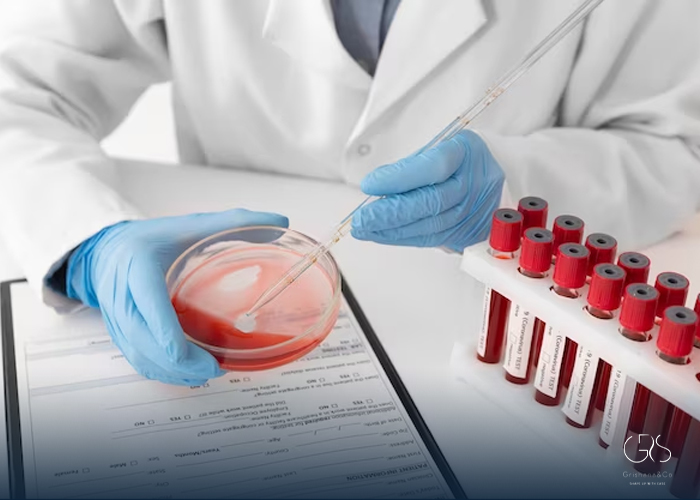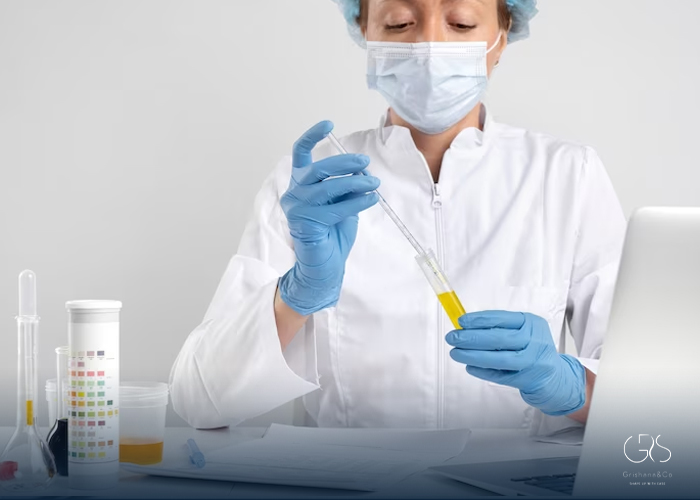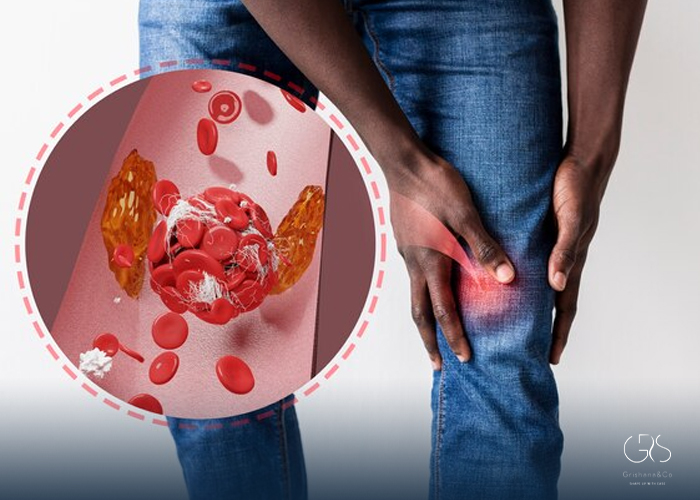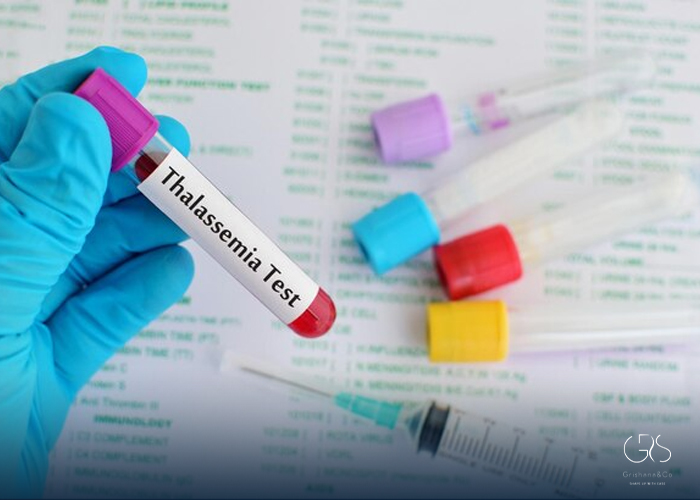Blood clot, medically known as thrombus, is a clump of blood that transforms from a liquid to a gel-like state, often forming in the veins of the legs or arms. Blood clots are essential mechanisms that help stop bleeding when one encounters tissue damage or injury. However, under certain circumstances, blood clots may pose serious health risks that require medical attention. In this comprehensive and informative article, we will delve deeper into the subject of blood clots by discussing their causes, symptoms, and diagnosis. We will also look at the available treatments, preventive measures, and the best practices to maintain a healthy blood circulation system.
An Overview of Blood Clots
Blood clots are crucial mechanisms meant to prevent bleeding when one gets an injury. They form to create a protective barrier that promotes healing and prevents blood loss. Blood clots originate through a biological process called coagulation, which involves a series of steps and chemicals known as clotting factors and platelets. Clotting is a complex process that involves the interaction of various proteins and cellular elements that either amplify or suppress clot formation. However, when the body’s natural coagulation process goes astray, overly aggressive clotting, or when blood vessels get damaged, blood clots can become a severe health issue.
Causes and Risks Factors of Blood Clots
Blood clots can be caused by a variety of factors, including surgery, cancer, smoking, prolonged sitting or standing, pregnancy, and underlying health conditions such as blood clotting disorders and cardiovascular diseases. Lack of activity and mobility, travel, and being overweight or obese can also increase the risk of blood clots. According to a report by the Centers for Disease Control and Prevention (CDC), deep vein thrombosis (DVT) affects more than 900,000 Americans each year, and more than half a million cases of pulmonary embolism (PE) occur annually in the United States. Older adults, women on hormonal therapy, and individuals with a history of blood clots are also at high risk.
Signs and Symptoms of Blood Clots
Blood clots can occur anywhere in the body, including the lungs, legs, brain, and abdomen, and their symptoms vary depending on their location and severity. Common symptoms of blood clots include swelling, tenderness, warmth, redness, and leg pain. Other typical symptoms include chest pain, shortness of breath, feelings of dizziness or confusion, and sudden onset of unexplained headaches. It is important to note that some blood clots may not show any symptoms until a major complication like an embolism occurs. As such, it is always best to consult a healthcare provider for a proper diagnosis.

Diagnosis of Blood Clots
Proper diagnosis of blood clots requires a medical examination and several tests to confirm a diagnosis. For instance, physical examination, Doppler ultrasound, D-Dimer tests, blood tests, and computerized tomography (CT) scans may be performed to diagnose blood clots. Physical examination involves checking for swelling, tenderness, and redness in the affected area. Blood tests may include a prothrombin-time (PT) test, partial thromboplastin time (PTT) test, or platelet count test. CT scans may be performed to determine the location and size of the blood clots.
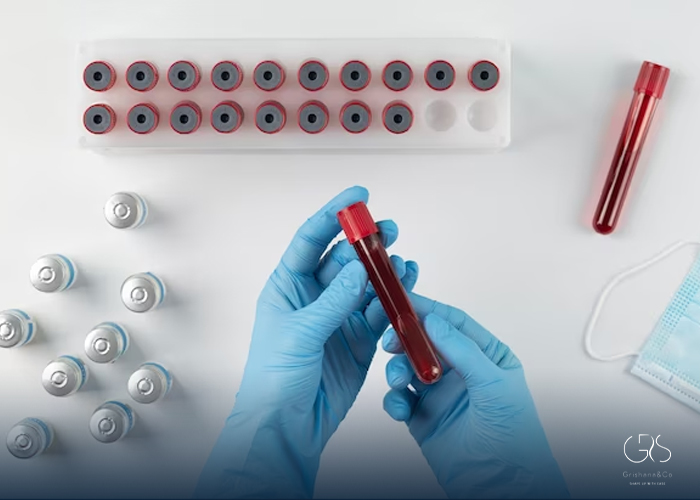
Treatment Options
The treatment option varies depending on the clot location, size, and severity. Medications are the most common type of treatment for blood clots. Blood thinners or anticoagulants are commonly used to prevent blood clots from getting bigger. A healthcare provider may also suggest thrombolytic therapy, which involves administering medication that dissolves the clot. In some cases, surgical procedures may be required to remove the clot or insert a filter that prevents clots from moving to critical organs, such as the lungs and brain.
Preventing Blood Clots
Preventing blood clots involves practicing healthy lifestyle habits that promote good circulation. Regular exercise, drinking plenty of fluids, stopping smoking, and maintaining a healthy weight can help improve circulation and prevent blood clots. Individuals who have undergone surgery or confined for prolonged periods should get up and move or exercise their legs muscles regularly to prevent blood clots. The use of compression stockings and medications such as blood thinners may also help prevent blood clots in some individuals.
Conclusion
Blood clots are a severe health issue that requires prompt diagnosis and treatment. Their risk factors and causes can vary significantly, making it crucial to maintain healthy habits and prevent possible occurrences. Treatment options are available for blood clots, and a healthcare provider may advise the best approach for each specific circumstance. Prevention is always better than treatment, and individuals should always seek medical attention when experiencing any symptoms of blood clots.
Sources
- Centers for Disease Control and Prevention, Deep Vein Thrombosis (DVT)
- American Society of Hematology, Blood Clots
- American Heart Association, About Blood Clots
- National Heart, Lung, and Blood Institute, Deep Vein Thrombosis


